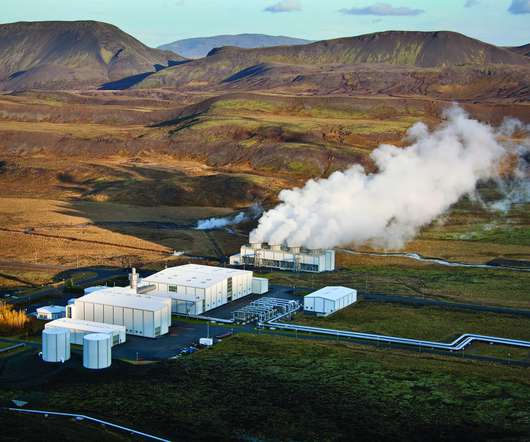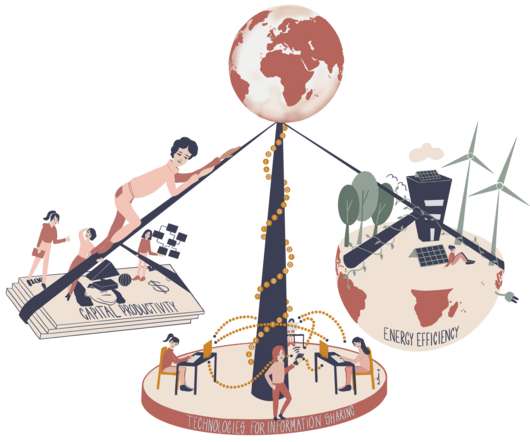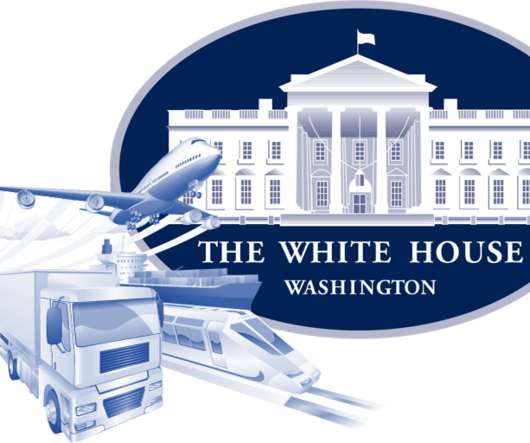Carbon Mitigation Actions; For The Planet, And for the Pocket
The Logistics & Supply Chain Management Society
AUGUST 15, 2021
Our fossil fuel-driven logistics systems have been working the earth hard, and there is just as much need for actions to mitigate the wear and tear that is being done and to ensure our home planet can continue to sustain us. More importantly, this same voluntary market is projected to increase to $50 billion by 2030. billion a year.
















Let's personalize your content